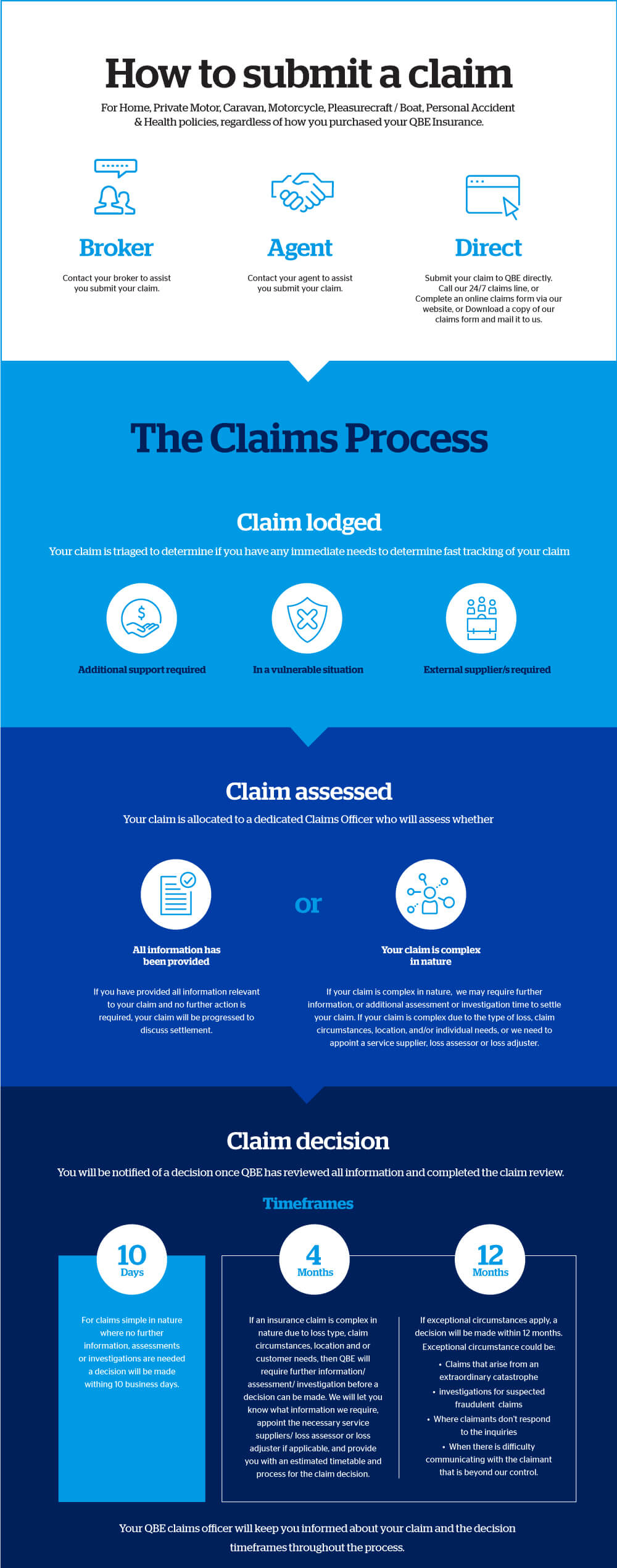Before you even think about filing a claim, it’s crucial to have a solid grasp of your car insurance policy. This might seem like a daunting task, but it’s actually quite straightforward once you break it down.
The Basics
Your car insurance policy is essentially a contract between you and your insurance company. It outlines the terms and conditions under which they’ll cover you in case of an accident or other insured event. Key components of your policy include:
Coverage Limits: These are the maximum amounts your insurer will pay for different types of losses. They’re typically categorized into bodily injury liability, property damage liability, comprehensive coverage, and collision coverage.
Reading the Fine Print

Image Source: qbe.com
While the basics are relatively easy to understand, your policy likely contains a lot of legal jargon. Don’t be afraid to read through it carefully, or consider asking your insurance agent to explain any confusing terms.
Key Points to Look For:
Notification Requirements: How soon must you report an accident to your insurer?
Don’t Be Afraid to Ask Questions
If you’re still unsure about anything in your policy, don’t hesitate to reach out to your insurance agent. They’re there to help you understand your coverage and guide you through the claims process.
By taking the time to familiarize yourself with your car insurance policy, you’ll be better prepared to handle any unexpected situations that may arise.
Before you even think about filing a claim, it’s crucial to have a firm grasp of your car insurance policy. This document outlines the terms and conditions of your coverage, including what is and isn’t covered, any deductibles, and the limits of liability.
Key Points to Understand:
Coverage Types: Familiarize yourself with the different types of coverage you have, such as comprehensive, collision, liability, and uninsured/underinsured motorist.
Tips for Understanding Your Policy:
Read it Carefully: Take the time to read through your policy thoroughly, or ask your insurance agent to explain any confusing terms.
Additional Considerations:
Rental Car Insurance: If you have rental car insurance, understand how it works and whether it covers the same things as your personal car insurance.
By understanding your car insurance policy, you’ll be better equipped to handle any claims that may arise and ensure that you receive the compensation you’re entitled to.
Auto Insurance Claims: Tips for a Smooth Process